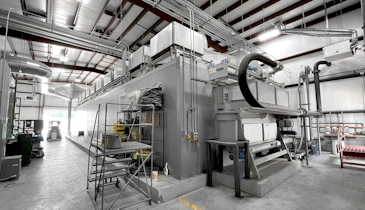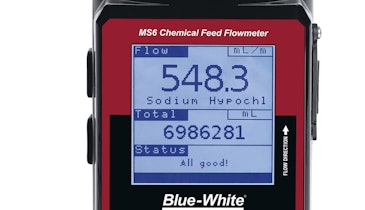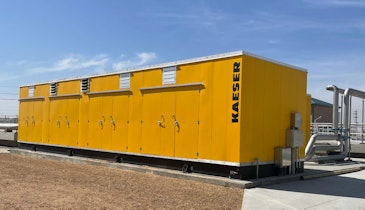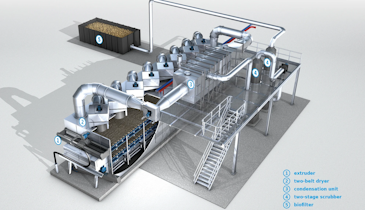Interested in Treatment?
Get Treatment articles, news and videos right in your inbox! Sign up now.
Treatment + Get AlertsSponges are nonmoving invertebrates that have specialized cells for filtering water for food. Freshwater sponges filter out food such as bioplankton and byproducts produced by algae. Water Sponges are occasionally found in biological wastewater treatment systems (most often fixed-film systems) in which sunlight may be present. Sponges often appear green in color due to algae that grow on their surfaces.
All sponges are non-mobile and attach to an underwater surface and remain fixed in place. Freshwater and seawater sponges both exist, with an overall recognized number of 5,000 to 10,000 species. Sponges reproduce both sexually and asexually (depending on species) and some may also form from broken off particles should the necessary cells be present to regenerate. Sponges do not have circulatory, respiratory, digestive and excretory systems, as water passing through the cells accomplishes all of these functions.
From an operational standpoint, very few issues have been reported with water sponges interfering with wastewater treatment processes. Water sponges generally have a symbiotic relationship with algae, so their presence often indicates good general overall health, sunlight and availability to nutrients.
About the author: Ryan Hennessy is the principal scientist at Ryan Hennessy Wastewater Microbiology. He was trained and mentored by Dr. Michael Richard for over 10 years in wastewater microbiology, and serves as a microbiology services consultant. Hennessy is a licensed wastewater treatment and municipal waterworks operator in the state of Wisconsin and fills in as needed for operations at several facilities. He can be reached at ryan@rhwastewatermicrobiology.com. Hennessy's new book "Wastewater Microbiology: Filamentous Bacteria Morphotype Identification Techniques, and Process Control Troubleshooting Strategies" is now available on Amazon.






